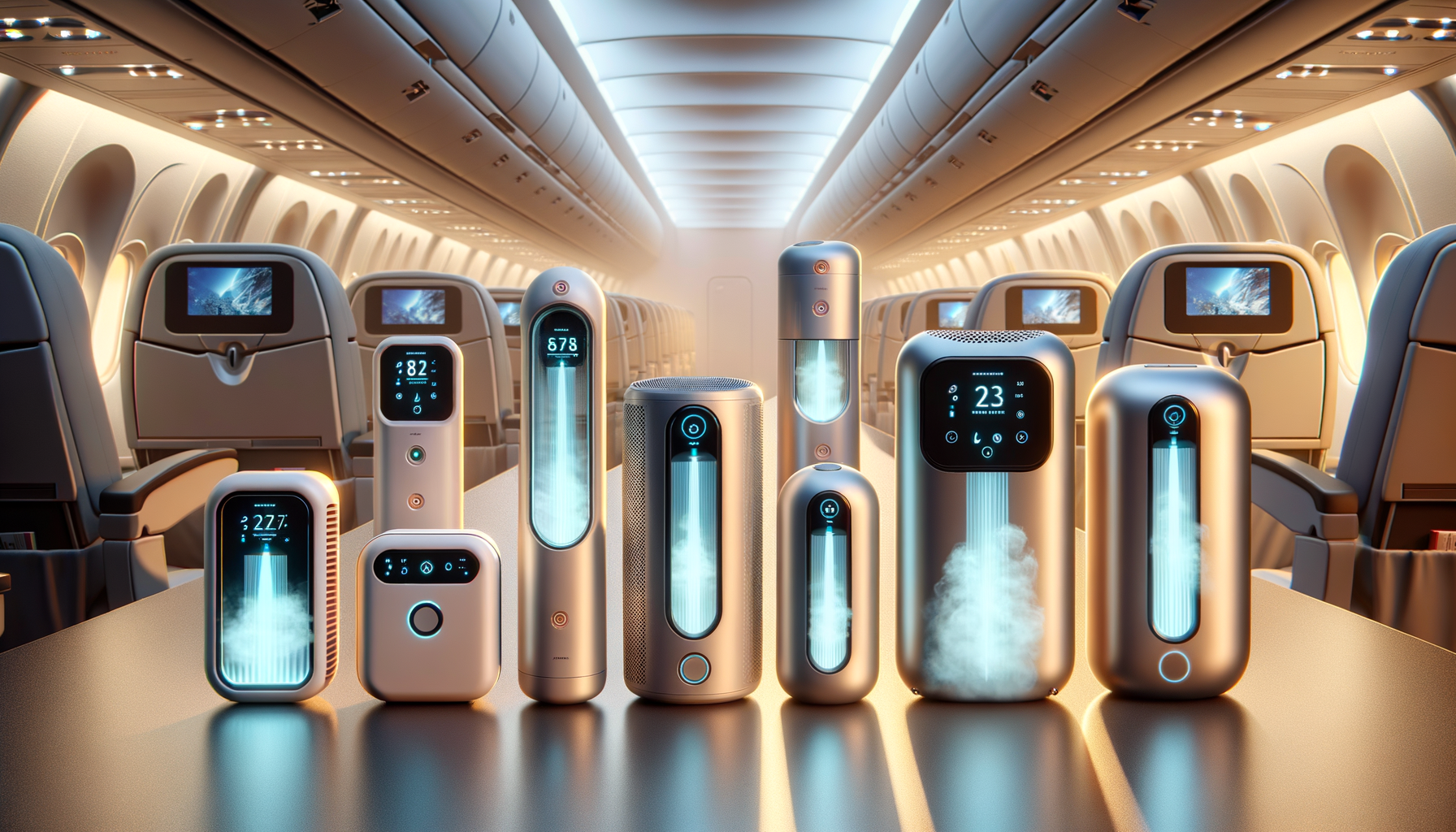
Oxygen Concentrator Sizes Compared for Lifestyle and Travel Needs
Understanding Portable Oxygen Concentrators
Portable oxygen concentrators (POCs) have revolutionized the way individuals with respiratory challenges manage their oxygen therapy. Unlike traditional oxygen tanks, POCs provide a continuous supply of oxygen by filtering and concentrating oxygen from ambient air. This technology not only enhances mobility but also offers a more convenient and lightweight solution for those who require supplemental oxygen. The portability factor allows users to engage in everyday activities without the restriction of being tethered to a stationary oxygen source. Many models are equipped with rechargeable batteries, making them ideal for both indoor and outdoor use. The ability to adjust oxygen flow settings is another advantage, as it enables customization based on the user’s specific needs. With various sizes and capacities available, POCs cater to a wide range of requirements, making them a versatile choice for maintaining an active lifestyle.
Oxygen Concentrators for Travel
Traveling with oxygen therapy equipment has become more feasible with the advent of portable oxygen concentrators. These devices are designed with the traveler in mind, offering compact and lightweight solutions that can easily fit into a carry-on bag. Many airlines have approved specific POC models for in-flight use, allowing users to maintain their oxygen therapy regimen during flights. When selecting a POC for travel, it’s crucial to consider factors such as battery life, weight, and ease of transport. Some models come with additional accessories like travel cases and car chargers, enhancing their convenience for long journeys. The freedom to travel without compromising health needs is a significant benefit, encouraging users to explore new destinations and experiences. Whether it’s a road trip or an international flight, having a reliable POC can make all the difference in ensuring a safe and enjoyable travel experience.
Comparing Oxygen Flow Rates
Oxygen flow rates are a critical consideration when choosing an oxygen concentrator, as they determine the amount of oxygen delivered per minute. Flow rates typically range from 1 to 10 liters per minute (LPM), with some models offering pulse dose settings for intermittent delivery. Understanding the distinction between continuous flow and pulse dose is essential for selecting the right device. Continuous flow provides a steady stream of oxygen, suitable for users who require constant oxygenation. In contrast, pulse dose delivers oxygen in bursts, synchronized with the user’s breathing pattern, which can be more efficient and conserve battery life. When comparing flow rates, it’s important to assess your medical needs and lifestyle. Consulting with a healthcare provider can provide valuable insights into the appropriate flow rate for your condition. Additionally, some models offer adjustable settings, allowing users to modify the flow rate based on activity level and oxygen requirements.
The Role of Technology in Oxygen Concentrators
Advancements in technology have significantly enhanced the functionality and efficiency of portable oxygen concentrators. Modern POCs are equipped with features such as digital displays, remote controls, and smart sensors that adjust oxygen delivery based on user activity. These innovations not only improve the user experience but also contribute to better management of oxygen therapy. Smart technology enables real-time monitoring of oxygen levels, battery status, and usage patterns, providing users with valuable data to optimize their therapy. Additionally, some POCs incorporate noise reduction technology, ensuring a quieter operation that minimizes disruptions in social settings. As technology continues to evolve, the integration of these features into POCs is likely to expand, offering even greater convenience and customization for users. The intersection of healthcare and technology promises to deliver more personalized and effective solutions for individuals relying on oxygen therapy.
Conclusion: Choosing the Right Oxygen Concentrator for Your Needs
Selecting the right portable oxygen concentrator involves careful consideration of various factors, including oxygen flow rates, portability, and technological features. By understanding the differences between continuous and pulse dose settings, users can make informed decisions that align with their medical requirements and lifestyle preferences. Whether you prioritize travel convenience or advanced technological features, there is a POC model that can meet your needs. Consulting with healthcare professionals and exploring different models can provide valuable guidance in choosing a device that enhances your quality of life. As you navigate the options, remember that the ideal concentrator is one that seamlessly integrates into your daily routine, offering both comfort and peace of mind.